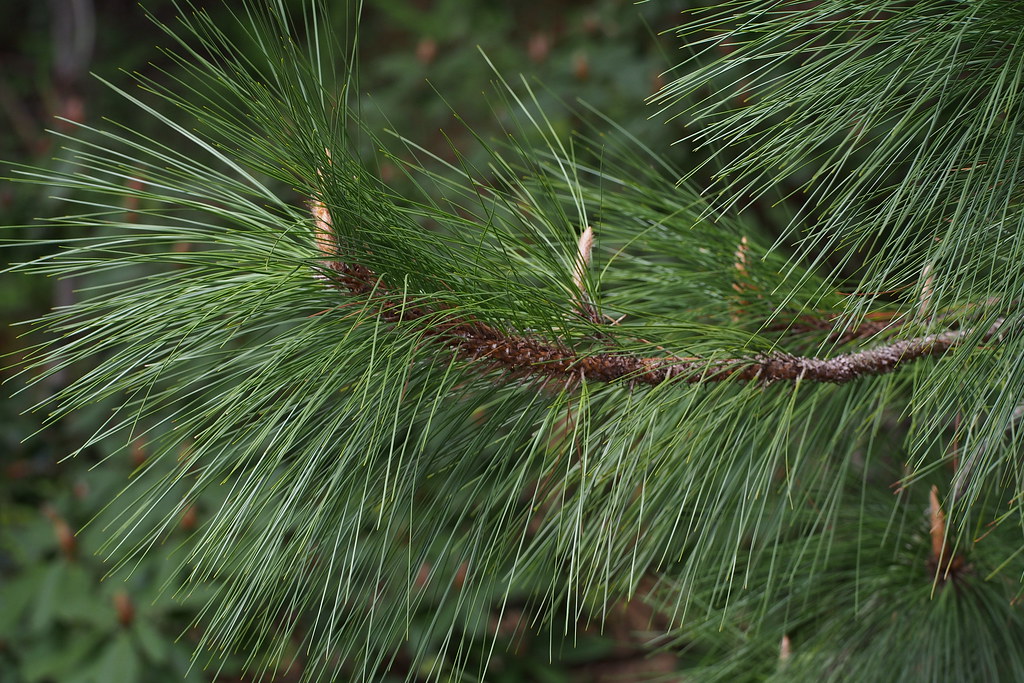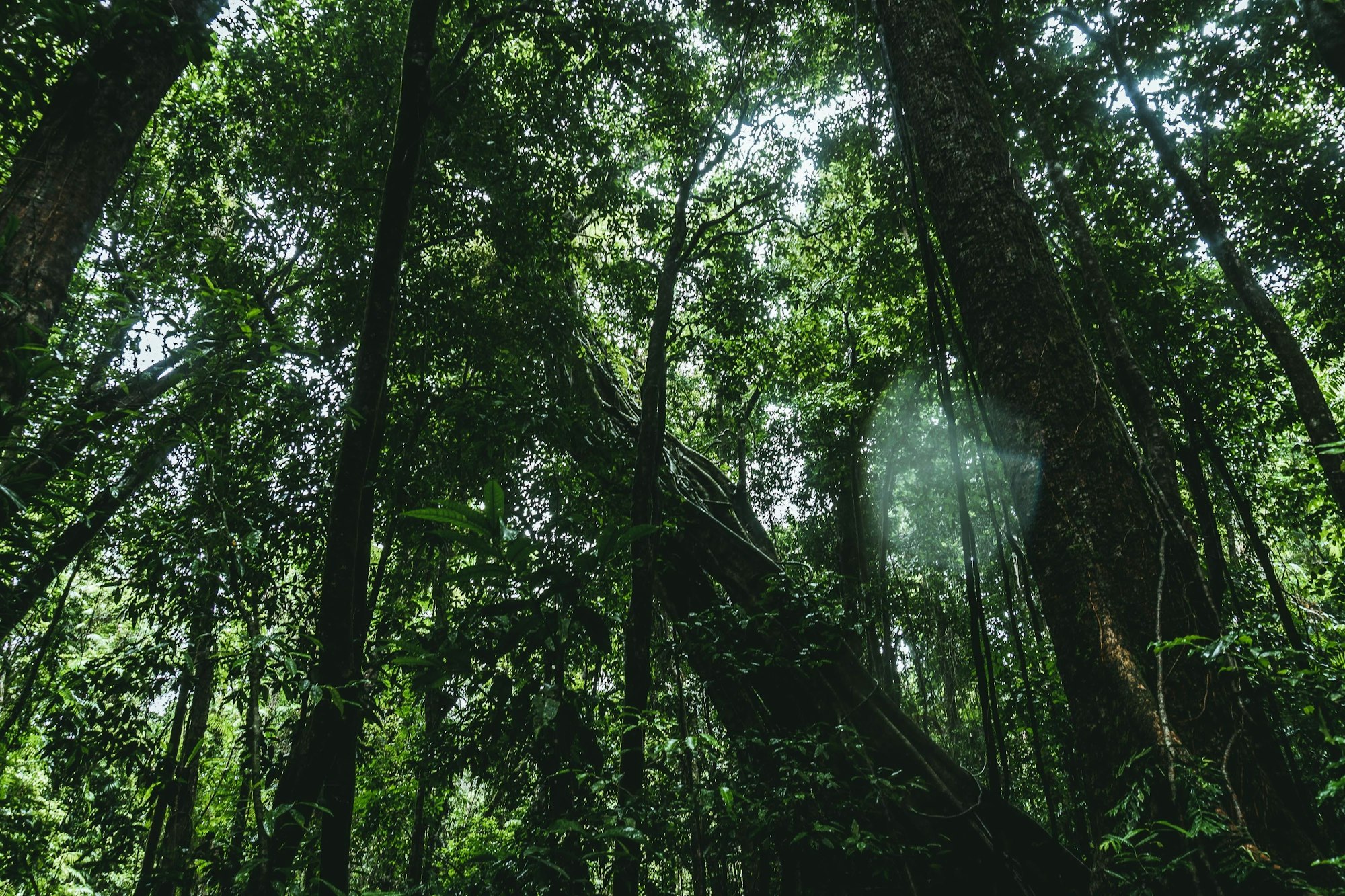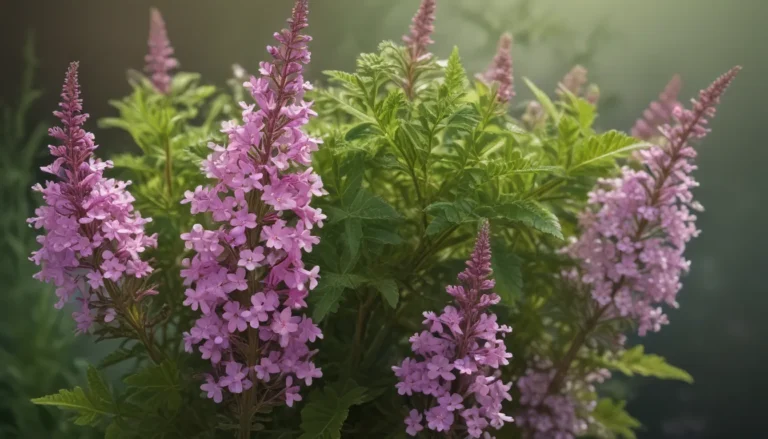The pictures we use in our articles might not show exactly what the words say. We choose these pictures to make you interested in reading more. The pictures work together with the words but don’t take their place. The words still tell you the important facts.
Welcome to the enchanting world of Alabama's state tree, the Longleaf Pine! This remarkable tree stands as a testament to nature's resilience and beauty, capturing the heart of the Yellowhammer State. In this comprehensive guide, we'll take you on a journey through the rich history, unique characteristics, and vital importance of the Longleaf Pine. Whether you're a nature enthusiast, a proud Alabamian, or simply curious about this iconic tree, you're in for a treat. Let's dive in and discover what makes the Longleaf Pine so special!
A Symbol of Strength and Resilience

The Longleaf Pine (Pinus palustris) isn't just any tree – it's a true survivor. Known for its remarkable ability to thrive in challenging environments, this tree has become a symbol of strength and endurance in Alabama. But what makes it so resilient?
- Drought Tolerance: Longleaf Pines can withstand prolonged periods of dry weather, making them well-suited to Alabama's sometimes harsh climate.
- Fire Resistance: These trees have developed a unique adaptation to fire, which we'll explore in more detail later.
This resilience isn't just impressive – it's inspiring. The Longleaf Pine reminds us that with the right adaptations, we can overcome even the toughest challenges.
A Journey Through Time: Historical Significance
To truly appreciate the Longleaf Pine, we need to step back in time. This tree has played a pivotal role in shaping Alabama's landscape and history. Let's explore how:
The Timber Boom
In the early days of Alabama's development, Longleaf Pine timber was in high demand. Why? Its superior quality made it perfect for shipbuilding. This led to:
- Extensive logging operations across the state
- The establishment of numerous sawmills
- A significant boost to Alabama's economy
The Longleaf Pine's impact on Alabama's industrial growth can't be overstated. It quite literally helped build the state as we know it today.
A Cultural Icon
Beyond its economic importance, the Longleaf Pine has become deeply ingrained in Alabama's cultural identity. It features in local folklore, art, and traditions, serving as a connection to the state's rich natural heritage.
Nature’s Skyscraper: Unique Characteristics
What sets the Longleaf Pine apart from other trees? Let's take a closer look at some of its most distinctive features:
Needles That Stand Out
One of the most striking characteristics of the Longleaf Pine is its needles. These aren't your average pine needles:
- They can grow up to an impressive 18 inches in length
- The needles grow in clusters, creating a unique and beautiful aesthetic
- This distinctive appearance sets the Longleaf Pine apart from other pine species
The Slow and Steady Approach
When it comes to growth, the Longleaf Pine takes its time:
- Young trees, known as "grass stage" seedlings, can take several years to reach substantial heights
- This slow growth is part of the tree's survival strategy, allowing it to develop a strong root system
- Once mature, Longleaf Pines can live for over 300 years!
This slow-and-steady approach to growth contributes to the tree's strength and longevity. It's a reminder that sometimes, taking your time can lead to lasting results.
Nature’s Firefighter: The Fire-Resistant Bark
One of the most fascinating adaptations of the Longleaf Pine is its relationship with fire. Unlike many trees that succumb to wildfires, the Longleaf Pine has developed a remarkable defense:
- A thick, fire-resistant bark that protects the tree from heat and flames
- This adaptation allows Longleaf Pines to not just survive, but thrive in fire-prone environments
- Regular, low-intensity fires actually benefit these trees by clearing out competition and returning nutrients to the soil
This unique relationship with fire has shaped the ecology of Longleaf Pine forests and demonstrates the tree's incredible adaptability.
A Haven for Wildlife: Ecological Importance
The Longleaf Pine isn't just a beautiful tree – it's a crucial part of Alabama's ecosystems. Let's explore the vital role it plays in supporting biodiversity:
Home Sweet Home
Longleaf Pine forests provide habitat for a wide variety of wildlife, including:
- The endangered Red-cockaded Woodpecker, which depends on mature Longleaf Pines for nesting
- Various species of birds, mammals, reptiles, and insects
- Native plant species that thrive in the unique conditions of Longleaf Pine forests
The expansive canopy of these forests creates a diverse and rich ecosystem, supporting a complex web of life.
Ecosystem Engineers
Longleaf Pines don't just provide habitat – they actively shape their environment:
- Their fallen needles contribute to the forest floor's unique chemistry
- The open canopy allows sunlight to reach the forest floor, supporting a diverse understory
- The trees' root systems help prevent soil erosion and maintain water quality
By influencing their surroundings, Longleaf Pines create conditions that support a wide range of species, making them true ecosystem engineers.
From Forest to Economy: Economic Importance
The Longleaf Pine isn't just ecologically significant – it's also an economic powerhouse. Let's look at how these trees contribute to Alabama's economy:
Timber and Beyond
Longleaf Pine timber is prized for its quality and versatility:
- It's used in construction, providing strong and durable building materials
- The wood is also used in paper production
- Longleaf Pine resin has various industrial applications
This economic value has made the Longleaf Pine an important resource for sustainable development in Alabama.
Ecotourism Opportunities
As awareness of the Longleaf Pine's ecological importance grows, so does its potential for ecotourism:
- Nature trails through Longleaf Pine forests attract hikers and birdwatchers
- Educational programs centered around these unique ecosystems draw visitors
- Conservation areas provide opportunities for research and environmental education
By promoting responsible ecotourism, Alabama can benefit economically while also raising awareness about the importance of preserving Longleaf Pine habitats.
Challenges and Conservation: Protecting a Natural Treasure
Despite its resilience, the Longleaf Pine faces significant challenges. Understanding these threats is crucial for effective conservation:
Habitat Loss and Fragmentation
One of the biggest threats to Longleaf Pine ecosystems is habitat loss:
- Urban development has led to the clearing of many Longleaf Pine forests
- Agricultural expansion has also reduced the tree's natural range
- Fragmentation of remaining habitats makes it harder for species that depend on these forests to thrive
Invasive Species
Non-native plants and animals can disrupt the delicate balance of Longleaf Pine ecosystems:
- Invasive plants may outcompete native species for resources
- Some invasive insects can damage or kill Longleaf Pines
Fire Suppression
While it might seem counterintuitive, the lack of regular, controlled fires can actually harm Longleaf Pine forests:
- These ecosystems have evolved with fire, and depend on it for renewal
- Without regular fires, other tree species can crowd out Longleaf Pines
- The understory can become overgrown, increasing the risk of severe wildfires
Conservation Efforts: Hope for the Future
Despite these challenges, there's hope for the Longleaf Pine. Numerous conservation efforts are underway to protect and restore these valuable ecosystems:
Restoration Projects
Organizations across Alabama are working to bring back Longleaf Pine forests:
- Planting programs aim to reestablish Longleaf Pines in their native range
- Controlled burning helps maintain the health of existing forests
- Removal of invasive species gives native plants a chance to thrive
Education and Outreach
Raising awareness about the importance of Longleaf Pines is crucial for their conservation:
- Educational programs in schools teach children about these unique ecosystems
- Nature centers and parks offer guided tours and workshops
- Community events celebrate the Longleaf Pine and its role in Alabama's heritage
Policy and Protection
At the government level, steps are being taken to protect Longleaf Pine habitats:
- Designation of protected areas helps preserve remaining Longleaf Pine forests
- Policies promoting sustainable forestry practices ensure responsible use of these resources
- Funding for research helps us better understand how to protect and restore these ecosystems
How You Can Help: Be a Longleaf Pine Champion
Want to play a part in protecting Alabama's state tree? Here are some ways you can get involved:
- Support Conservation Organizations: Donate to or volunteer with groups working to protect Longleaf Pine habitats.
- Plant a Longleaf Pine: If you have suitable space, consider planting a Longleaf Pine on your property.
- Educate Others: Share what you've learned about Longleaf Pines with friends and family.
- Visit Responsibly: When exploring Longleaf Pine forests, follow Leave No Trace principles to minimize your impact.
- Advocate for Protection: Support policies that protect natural habitats and promote sustainable forestry practices.
Conclusion: A Legacy Worth Preserving
The Longleaf Pine is more than just Alabama's state tree – it's a living legacy. From its historical significance to its ecological importance, this remarkable tree tells the story of Alabama's natural heritage. As we've explored, the Longleaf Pine faces challenges, but with continued conservation efforts and public support, its future can be as strong and enduring as its fire-resistant bark.
Next time you spot a Longleaf Pine, take a moment to appreciate its beauty and resilience. Remember the complex ecosystem it supports, the history it represents, and the future it promises. By understanding and valuing these magnificent trees, we can ensure that future generations of Alabamians will continue to be inspired by the majestic Longleaf Pine.
So, are you ready to become a champion for Alabama's state tree? The Longleaf Pine has stood tall for centuries – now it's our turn to stand up for it. Together, we can ensure that this icon of Alabama's natural world continues to thrive for generations to come.






